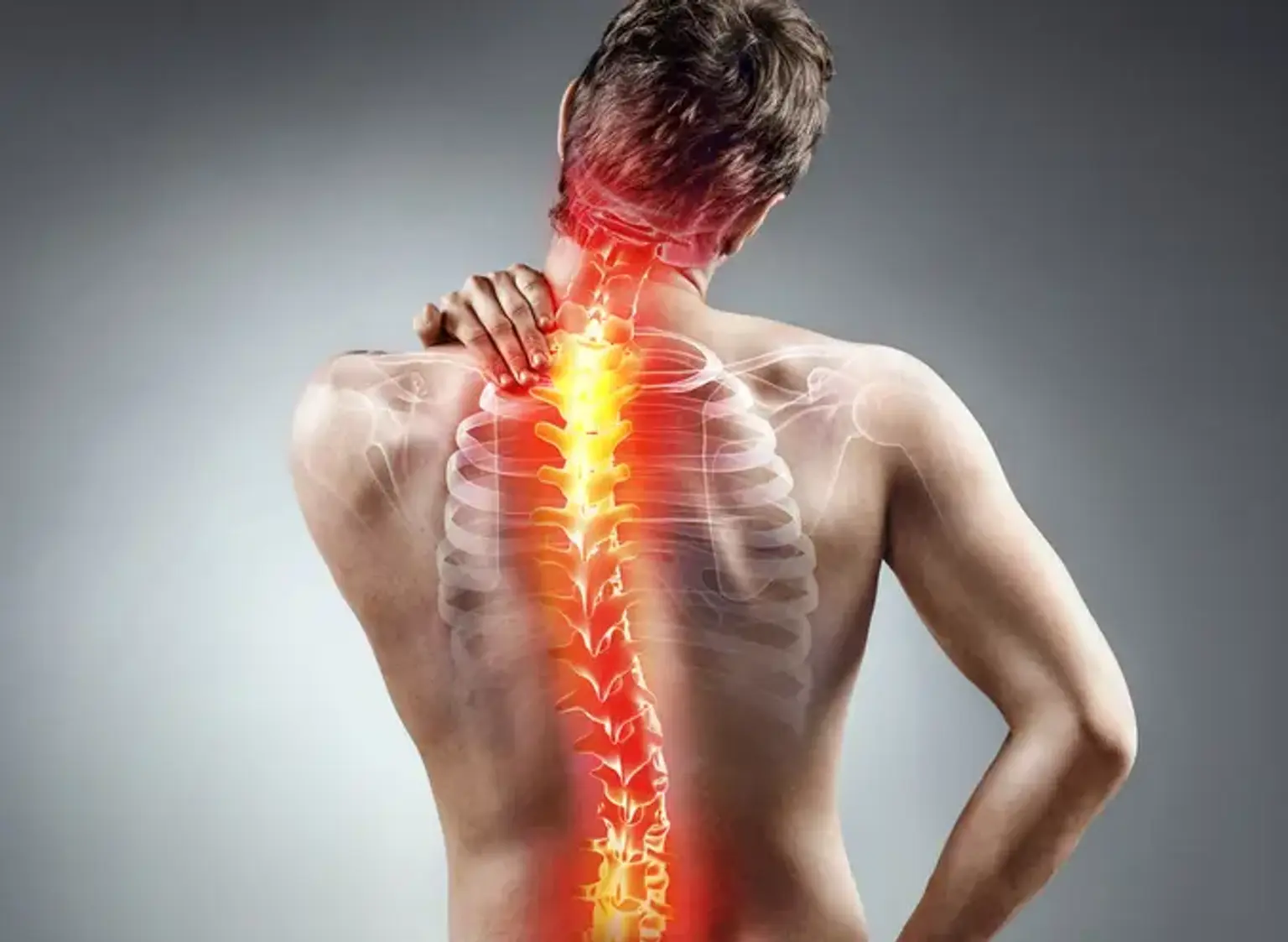Non-Invasive Treatment For Back Pain
Overview
The spine is an essential component of your skeleton. Its importance in your daily life may be underestimated, yet it is significant. The spine protects your spinal cord and supports your head and upper body while walking, standing upright, balancing, bending, and twisting.
Your back works really hard. Furthermore, your lower back bears the whole weight of your body throughout the day, including sitting, standing, and moving. Unfortunately, our daily activities, as well as the amount of time we spend sitting at work, traveling, and relaxing, make it simple for us to create extra stress on our spine. All it takes is a little too much stress to create moderate, transient back discomfort or even continuous, excruciating pain that can progress to chronic back pain.
With all of this in mind, it may come as no surprise that specialists estimate that up to 80% of the population will suffer from a back problem at some point in their lives.
